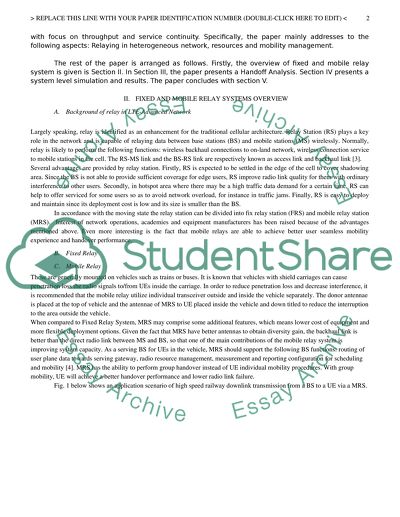Cite this document
(“Mobility Management for LTE-Advanced Relay Systems Research Paper”, n.d.)
Mobility Management for LTE-Advanced Relay Systems Research Paper. Retrieved from https://studentshare.org/information-technology/1469448-wireless-communications-system
Mobility Management for LTE-Advanced Relay Systems Research Paper. Retrieved from https://studentshare.org/information-technology/1469448-wireless-communications-system
(Mobility Management for LTE-Advanced Relay Systems Research Paper)
Mobility Management for LTE-Advanced Relay Systems Research Paper. https://studentshare.org/information-technology/1469448-wireless-communications-system.
Mobility Management for LTE-Advanced Relay Systems Research Paper. https://studentshare.org/information-technology/1469448-wireless-communications-system.
“Mobility Management for LTE-Advanced Relay Systems Research Paper”, n.d. https://studentshare.org/information-technology/1469448-wireless-communications-system.


